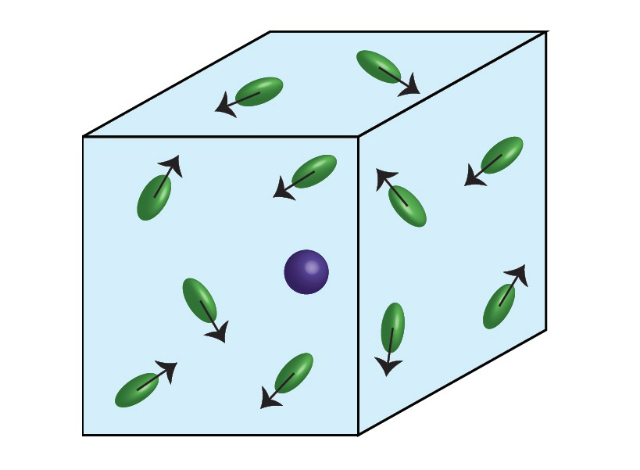Research News
Technology/Materials
Mathematicians develop new theory to explain real-world randomness
Einstein's theory of Brownian motion, which describes the random movement of particles in fluids, is widely used to model randomness throughout science. However, this revolutionary model only works when a fluid is static, or at equilibrium.
Now researchers from the University of Tsukuba, Queen Mary University of London, Ecole Polytechnique Federale de Lausanne and Imperial College London, have presented a novel theory to explain observed particle movements in these dynamic environments.

Schematic of the microscopic interactions between active particles (green) and a passive tracer (blue)
Related Link
News on Queen Mary University of London


